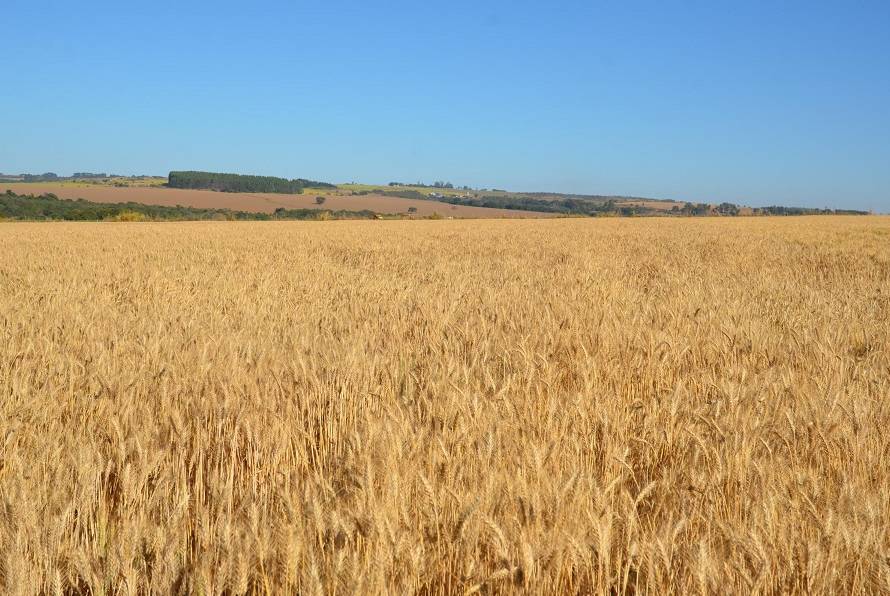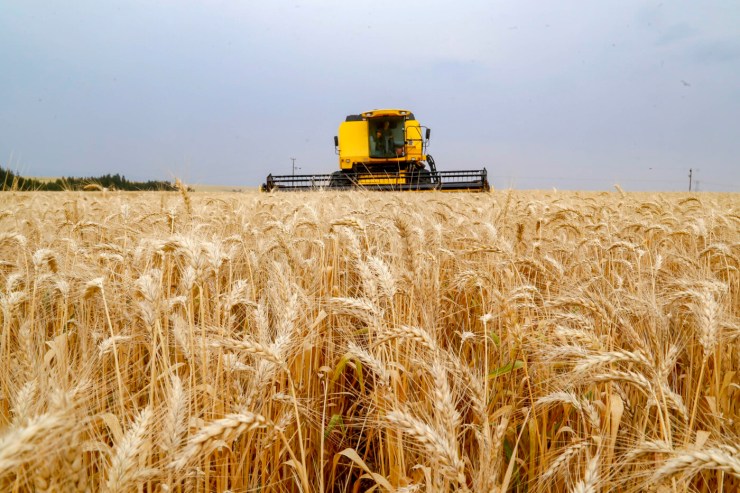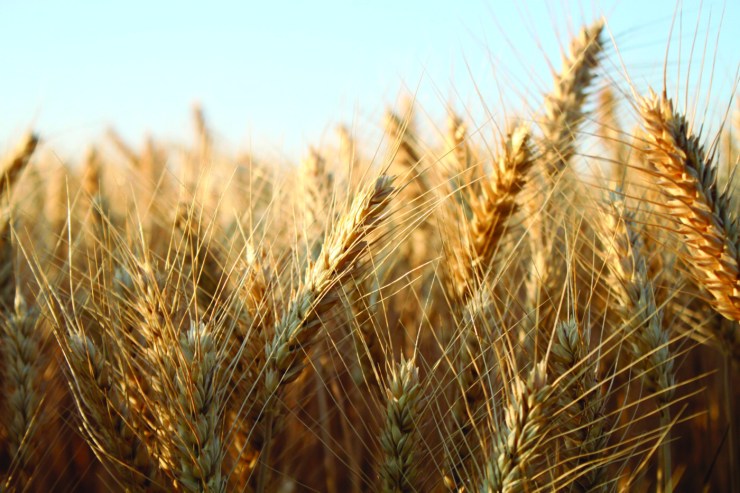The Brazilian harvest of cereals, legumes and oilseeds is expected to reach a record 327.6 million tons in 2025, according to the March estimate of the Systematic Survey of Agricultural Production (LSPA), released today (10) by the IBGE. This result is 11.9%, or 34.9 million tons, higher than the harvest obtained in 2024 (292.7 million tons) and 1.2% higher (3.9 million tons) than the February 2025 estimate.
The area to be harvested is expected to be 81.0 million hectares, an increase of 2.5% compared to the area harvested in 2024 (1.9 million hectares more). Compared to the previous month, the area to be harvested increased by 42,284 hectares (0.1%).

Photos: Jaelson Lucas
Carlos Barradas, research manager, highlighted that this growth compared to the previous month was driven mainly by the increase in the harvest in the states of Mato Grosso and Goiás. “There was also an increase in the wheat estimate in Paraná. In the Central-West, the weather helped, with good rainfall.” Barradas also explains the drop in Rio Grande do Sul. “There was a sharp drop in the harvest in Rio Grande do Sul, due to the lack of rainfall, but the increase in the Central-West more than compensated for it.”
Regarding production, cotton and soybeans are expected to break records in 2025. The estimate for cotton production is 9.1 million tons, an increase of 2.3% compared to the 2024 harvest and an increase of 0.5% compared to February. While soybeans recorded an increase of 13.3% compared to last year's harvest, reaching 164.3 million tons. Compared to February, there was a decline of -0.1% or 107.3 thousand tons.
Corn is expected to present the second largest harvest in its history, with 127.3 million tons (25.5 million tons in the 1st harvest, an increase of 11.4% compared to 2024, and 101.7 million tons in the 2nd harvest, an increase of 10.9% compared to last year.

Photo: Jonathan Campos
On the other hand, Arabica coffee showed a drop of 10.6% compared to 2024, with an estimated production of 2.1 million tons or 35.8 million 60kg bags.
Carlos Barradas emphasizes that the growth in soybeans and corn is due to the rainier weather in the 2024/2025 harvest, when compared to the previous one. Regarding Arabica coffee, Barradas emphasizes that the drop in relation to the previous year is mainly due to the biennial nature of the 2025 harvest, which is low, as well as to the climate problems during the second half of 2024, when there were restrictions on rainfall and occurrences of high temperatures, which caused the harvest potential to decrease.
Compared to February, there was an increase in the production estimates for barley (29.7% or 124,486 t), 3rd crop potato (18.0% or 158,798 t), wheat (12.5% or 901,586 t), oats (7.3% or 78,038 t), tomato (4.9% or 220,310 t), 2nd crop potato (4.9% or 70,307 t), rice (3.0% or 343,280 t), arabica coffee (2.5% or 52,137 t), 2nd crop corn (2.3% or 2,275,174 t), orange (1.9% or 240,705 t), grape (1.6% or 31,586 t), 1st crop beans (1.5% or 17,619 t), 1st crop corn (1.0% or 251,863 t), canephora coffee (0.5% or 5,206 t) and 3rd crop beans (0.2% or 1,715 t). There were declines in the estimates for 2nd crop beans (-5.7% or -79,024 t), 1st crop potatoes (-2.0% or -40,579 t), sugar cane (-1.3% or -9,286,173 t), cashew nuts (-1.1% or -1,575 t) and soybeans (-0.1% or -107,260 t).

The five regions had an increase in production estimates compared to the 2024 harvest: Central-West (14.5%), South (8.5%), Southeast (13.6%), Northeast (10.4%) and North (6.4%). Regarding the monthly variation, the North (2.8%), Northeast (0.2%), Southeast (1.3%) and Central-West (3.4%) regions showed increases in production, while the South (-2.9%) showed a decline.
Mato Grosso leads as the largest national grain producer, with a share of 30.9%, followed by Paraná (13.7%), Goiás (11.7%), Rio Grande do Sul (10.1%), Mato Grosso do Sul (7.6%) and Minas Gerais (5.6%), which, together, represented 79.6% of the total. Regarding regional shares, the distribution is as follows: Central-West (50.5%), South (25.9%), Southeast (9.0%), Northeast (8.7%) and North (5.9%).
The main positive absolute variations in production estimates, compared to the previous month, occurred in Mato Grosso (4,728,793 t), Goiás (1,250,407 t), Paraná (708,000 t), Santa Catarina (533,086 t), São Paulo (371,217 t), Tocantins (337,535 t), Rondônia (187,459 t), Maranhão (72,614 t), Ceará (41,554 t), Rio Grande do Norte (10,510 t) in Pernambuco (5,152 t) and Rio de Janeiro (3 t), while the negative variations occurred in Rio Grande do Sul (-3,763,088 t), Mato Grosso do Sul (-524,180 t) and Piauí (-84,125 t).





